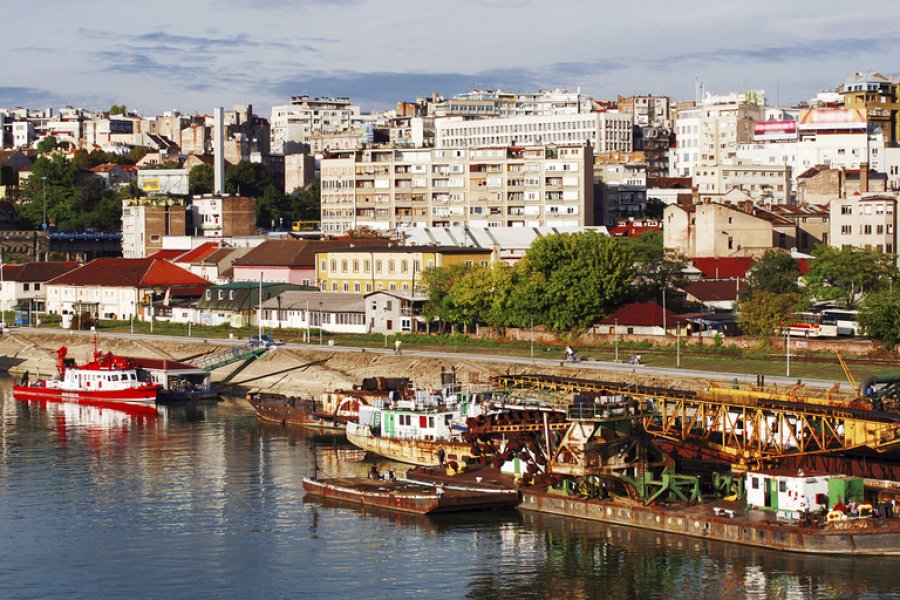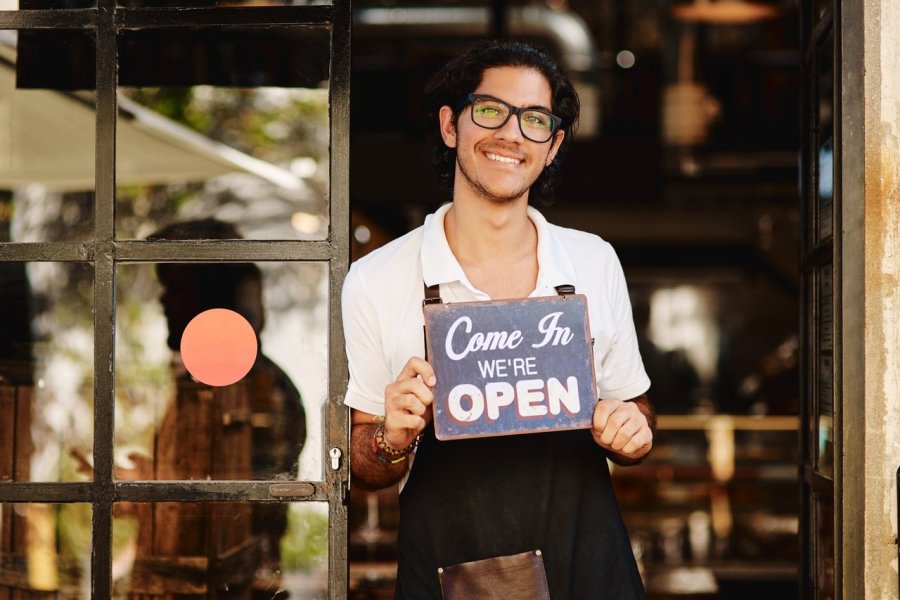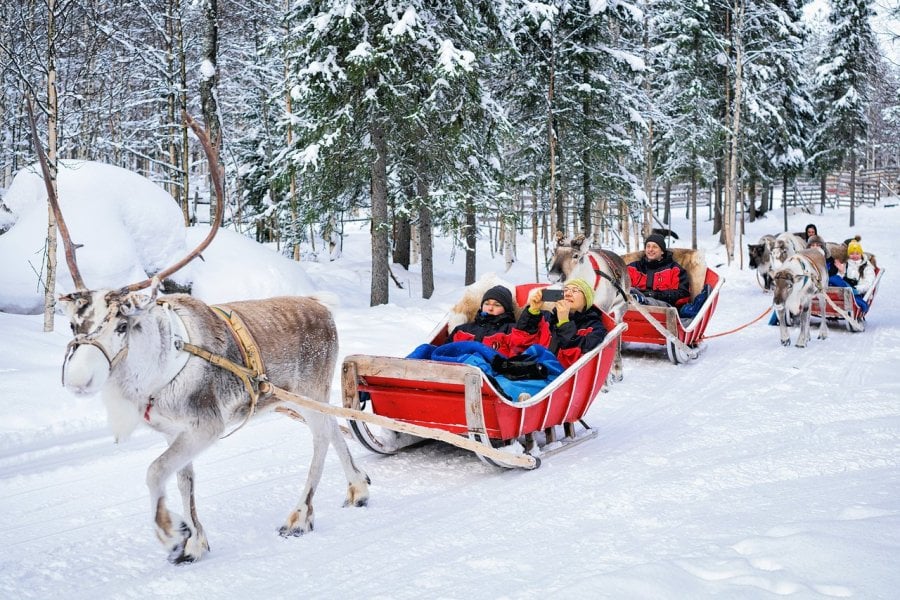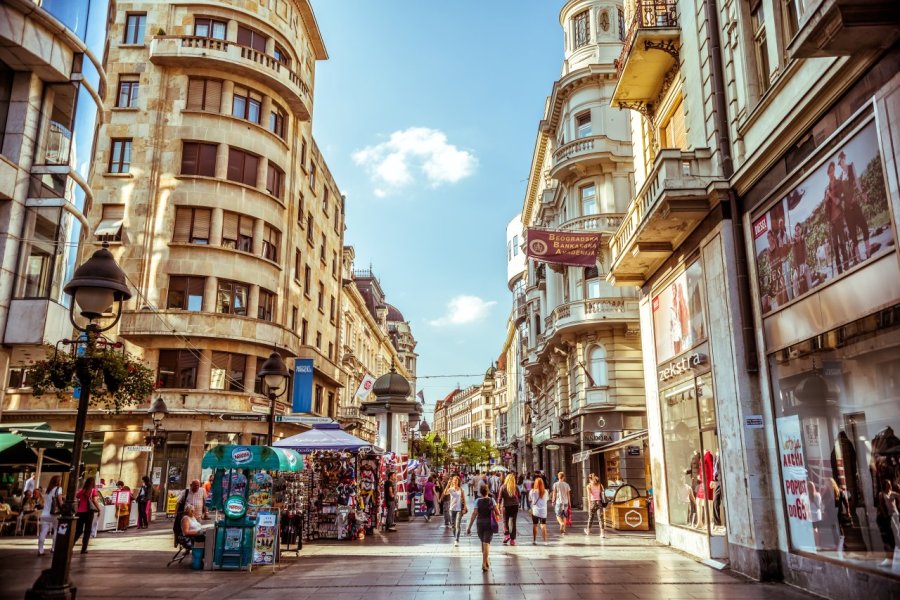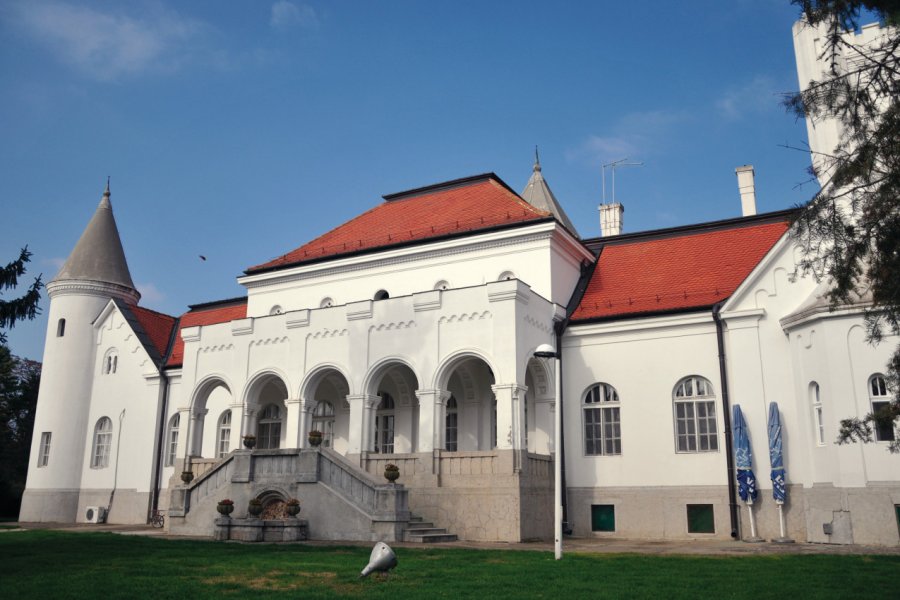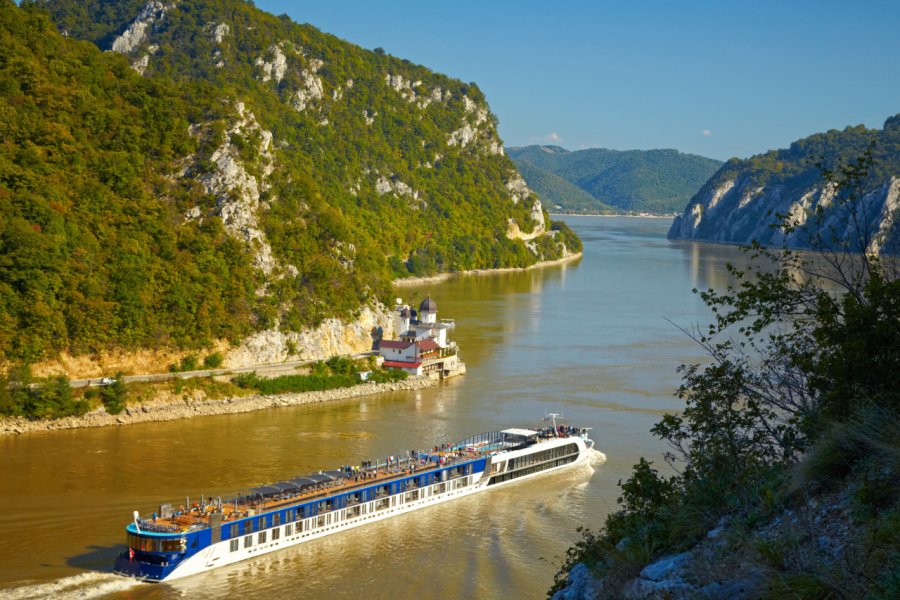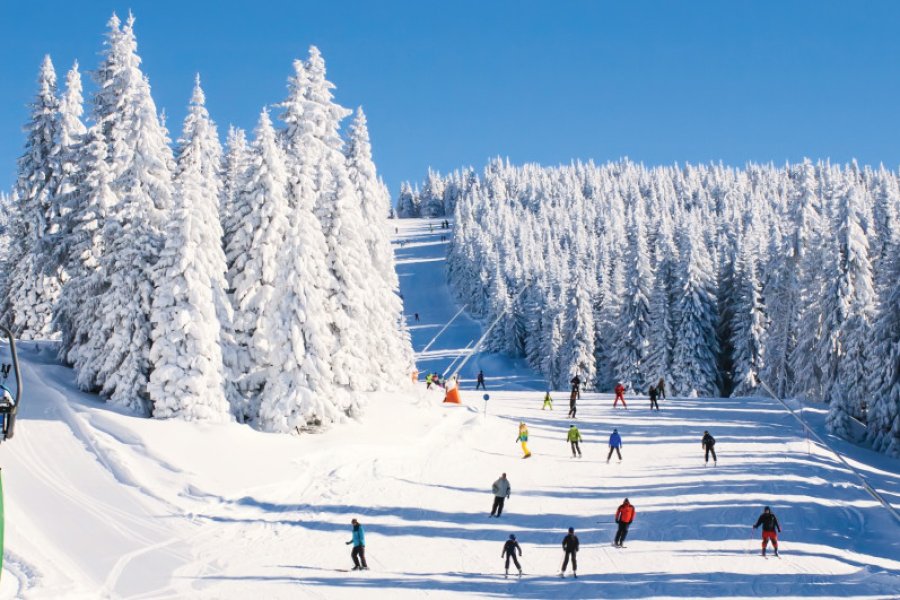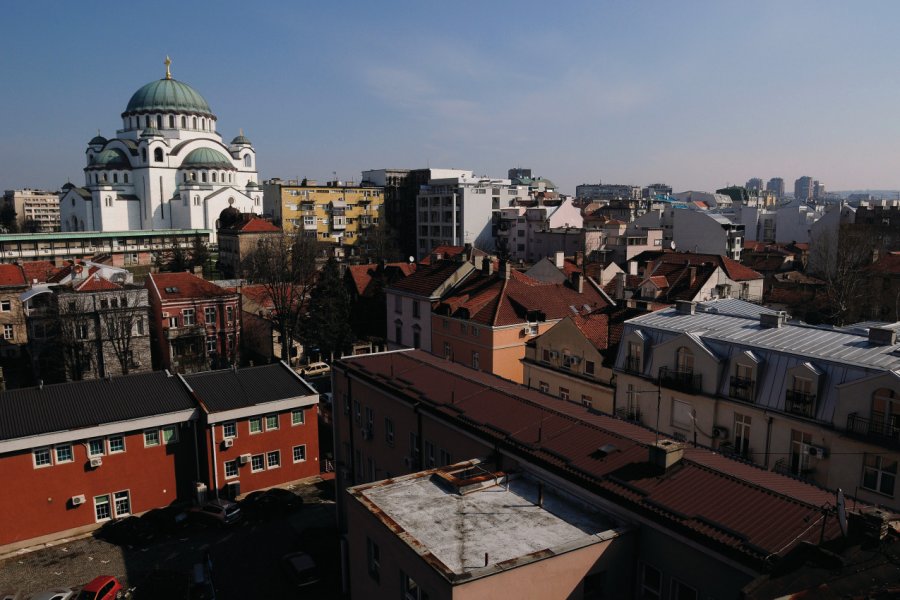Travel guide Serbia
It is at the crossroads of two universes that Serbia has prospered for more than a thousand years, between the Slavic civilizations and those of Western Europe. With Romania to the east, Bosnia to the west, Hungary to the north and Bulgaria to the south, we are undoubtedly in the heart of the Balkans. A simple walk in Belgrade, the Serbian capital, will be enough to convince you: here you can meet Orthodox, Catholic or Muslims, that is to say Serbs, Croats, Bosnians, Hungarians or even Albanians. But Serbia cannot be reduced to its capital, far from it, and this is what the tourist guide of Serbia intends to prove. A visit to this corner of Central Europe will be marked by numerous vestiges of the past, from ancient and impressive Roman cities to medieval castles, not to mention the profusion of monasteries that abound in the territory. As you travel along the mighty Danube, you will come across some of the most beautiful natural parks in Europe before reaching the Iron Gates, the largest gorge on the continent. Rural tourism, cultural discoveries, gastronomic surprises, night parties in Belgrade, if the country has all this to offer, it is from the hands of its warm inhabitants that the beauty of Serbia will be presented to you. For those who are looking for a getaway off the beaten track, Serbia does seem to fit the bill! Добродошли у Србију!
What to see, what to do Serbia?
-
Book an activity
-
Customized travel
- The most beautiful cities Serbia
When to go Serbia ?
When to go to Serbia? Although the high tourist season starts in May and ends in October, the best time to go to Serbia is during the spring and especially autumn seasons: sunny weather, low rainfall and mild temperatures are recommended. Winter sports enthusiasts and mountain lovers in general wondering when to go to Serbia should opt for the winter season, which runs from December to the end of March. Generally speaking, the climate is quite dry, especially in winter when, however, fog is both frequent and dense.
Suggested addresses Serbia
Travel Serbia
-
Find a hotel
-
Car Rental
-
International e-SIM package
-
Find a local agency
Wild and full of hidden nooks and crannies, Serbia has enough riches and activities to extend the adventure indefinitely. If you want to see everything the country has to offer, plan on spending about a month touring the country's major cities and landmarks. Thematic tours will guide you according to your interests. If you don't have much time, it is not so incongruous to discover Serbia just for a weekend, which would include the visit of Belgrade and Novi Sad, two cities at the heart of the country's culture and history. In order to combine business with pleasure, we propose a typical one-week stay and a shorter but more intense 4-day stay in Belgrade, to give you an idea of the essentials to visit. Of course, you are free to let your imagination run wild and create your own customized trip!
Find unique Stay Offers with our Partners
How to go Serbia
How to go alone
The average price of a return flight to Belgrade from Western Europe is about 150 €, even if some low-cost companies literally break the prices. Please note that the price variation depends on the airline, the reservation period, whether there is a stopover or not, but especially on the dates. To get good prices, it is essential to book well in advance, just like to get a good accommodation at a good price.
How to go on a tour
Serbia is becoming more and more open to tourism, so you will have no trouble finding a tour operator or travel agency that knows the main tourist actors in the country to put together an itinerary for you. Some agencies even specialize in certain themes or certain regions of Serbia. Finally, you can also combine a visit to the country with that of its neighbors!
How to get around
The bus network serves all cities and the vast majority of villages in Serbia, and the buses on the main international routes are even comfortable and modern. Traveling by train in Serbia is a real pleasure for those who take their time. Whether it is in the mountains of the west, on the steep coast or in the plains, the landscape will always be much better appreciated by train. A private or rented car remains nevertheless a guarantee of autonomy.
Featured articles Serbia
Discover Serbia
Visiting Serbia, along its valleys and passes, along its rivers and the banks of the grandiose Danube, can take the form of a real adventure. It is a little known region, a bit exotic, completely different and confusing, on the European continent. You will discover a complex and rich history, made of struggles and marked by tragedies, some of them quite fresh; an ancient land, with sublime natural landscapes that seem to have come out of time; generous and welcoming inhabitants, always ready to share their anecdotes, their tribulations and to serve you their home-made rakija. Serbia is also a nation of contrasts, between its natural reserves where game, fish and rare birds abound and its cities with brutalist, communist, sometimes medieval or ultramodern architecture. Come and discover the Serbs, their landscapes, their gastronomy, their history and what drives them today.
Pictures and images Serbia
The 12 keywords Serbia
1. #Serbian Coffee

This specialty of the Balkans inherited from the Ottoman era has several names: domestic coffee, Turkish coffee, black coffee or Greek coffee. It refers to a coffee "black as hell, strong as death and sweet as love". Don't forget the right gestures: it is drunk in small sips after the grounds have fallen to the bottom of the cup.
2. #Cyrillic
In Serbia, both the Latin and Cyrillic alphabets are used, and the written language varies randomly: it is bijective, meaning that its letters are interchangeable from one alphabet to another. Cyrillic has been the official alphabet since the 2006 Constitution. The uninitiated do not know that Serbian Cyrillic differs from Russian Cyrillic.
3. #Danube

Crossing the plains of Vojvodina and passing through the famous Iron Gates, the Danube also marks a cultural border in the country, like the demarcation between Northern and Southern Italy. On the one hand there is the influence of the German organization of the Habsburg Empire, on the other hand the Ottoman exuberance and warmth.
4. #Grillades

Traditionally, several specialties of grilled and marinated delicacies are served in a row at large banquets: ćevapčići (minced beef in the form of rolls), vešalica (smoked pork chops), ražnjići (kebabs), kajmak dumplings, sausages... in short, happiness. Prijatno (good appetite)!
5. #Inat
This expression of Turkish origin translates as "stubbornness". The concept goes a step further, it refers to the idea of doing something precisely because you are forbidden to do it, acting out of pride or against reason. Standing firm in the face of adversity and living the way you want is now at the heart of Serbian identity.
6. #Komšija
Neighborhoods have a whole new dimension for a Serbian! A real micro-society is organized on each floor of large buildings, where people exchange tutoring for car repairs. Often, you know the habits and private life of the members of your komšija better than those of your own cousins.
7. #Rakia
Serbian brandy is part of everyday life. The most famous one, made from plums, has become a classic of meals. Between the twenty or so national flavors and the local recipes, there is something for everyone! Distilleries can be visited throughout the country, an opportunity to discover your favorite and, above all, to bring back a few bottles.
8. #Salaš
Serbia is not exactly a green economy or sustainable business paradise, but ecotourism and the system of traditional family farms(salaš) turned into rural bed and breakfasts is very developed, especially in Vojvodina. Turn to a tourist agency to book a stay there.
9. #Splav

Initially Belgrade floating houses that appeared in the 1970s, the clubhouses on the Sava and Danube rivers have been the symbol of Belgrade's summer nightlife since someone had the genius idea of inviting the rest of the capital to them, sound system in hand. Since then, drunken revelers are regularly fished out of the rivers.
10. #Turbo-folk
This music originating from the Balkans appeared in the years 1980-1990 and aims at making you enter in a trance (and chaotic dance). It is associated with the lost kids fed with cheap pivo, zoning the day in the streets and at 4 am in the parks. However, the turbo-folk scene is sometimes very salacious and macho.
11. #Yougophilia
Yugophilia", also called "Yugonostalgia", is the regret for the great Yugoslav era, a feeling that is particularly widespread among older people. This opinion, which appears to be revisionist, mostly corresponds to a demand for more social justice in the face of the brutal impact of the post-socialist economic transition.
12. #Yugo
This iconic car manufactured between 1977 and 2008 by Fiat and Zastava engineers in the Kragujevac factories is nicknamed "the worst car ever". The Fiat 127-like (but much less successful) model has been produced in almost 795,000 units and you can still drive it around Belgrade.
You are from here, if...
You are direct. You know right away when you like or dislike something or someone and you don't hesitate to be vocal.
You're a world champion at fraternizing. You cherish your loved ones and family, but you can also spill your guts and share everything with a complete stranger you meet at the bar
You are adept at dark humor. No subject is off limits to you when it comes to making a joke.
Appreciation of the party lifestyle and of good and beautiful things is a real passion of yours. Admittedly, this has its drawbacks and Instagram makes you neurotic.
You don't trust anyone who talks to you without looking you straight in the eye. You are very proud, and you have nothing to hide. You like to be around like-minded people, so making eye contact is a big part of that. This is even more relevant when it comes to toasting.

